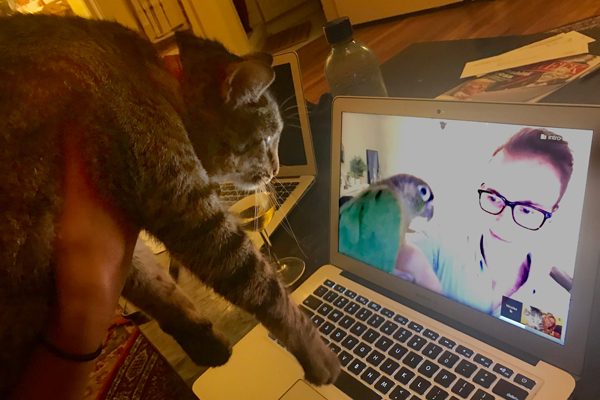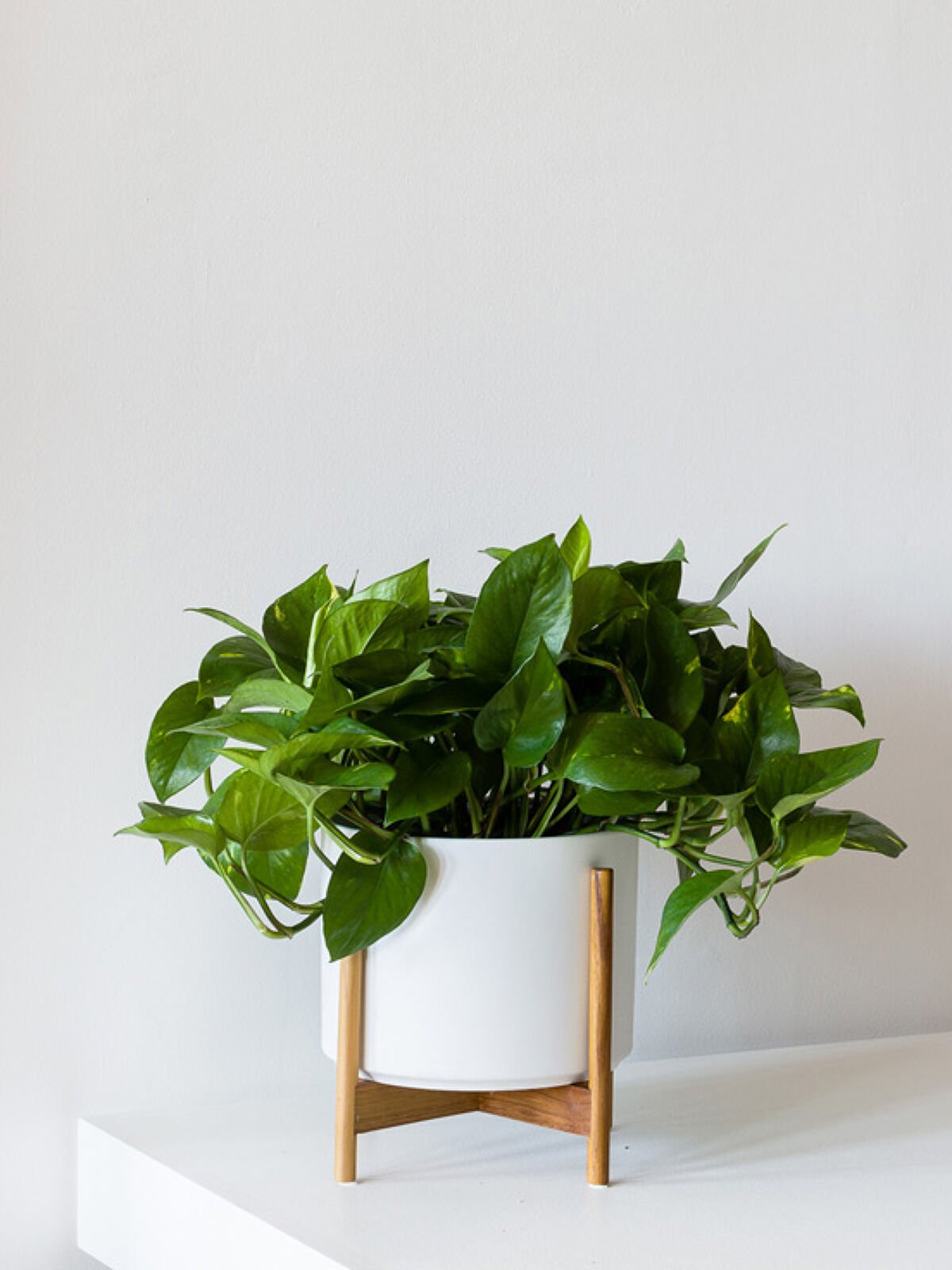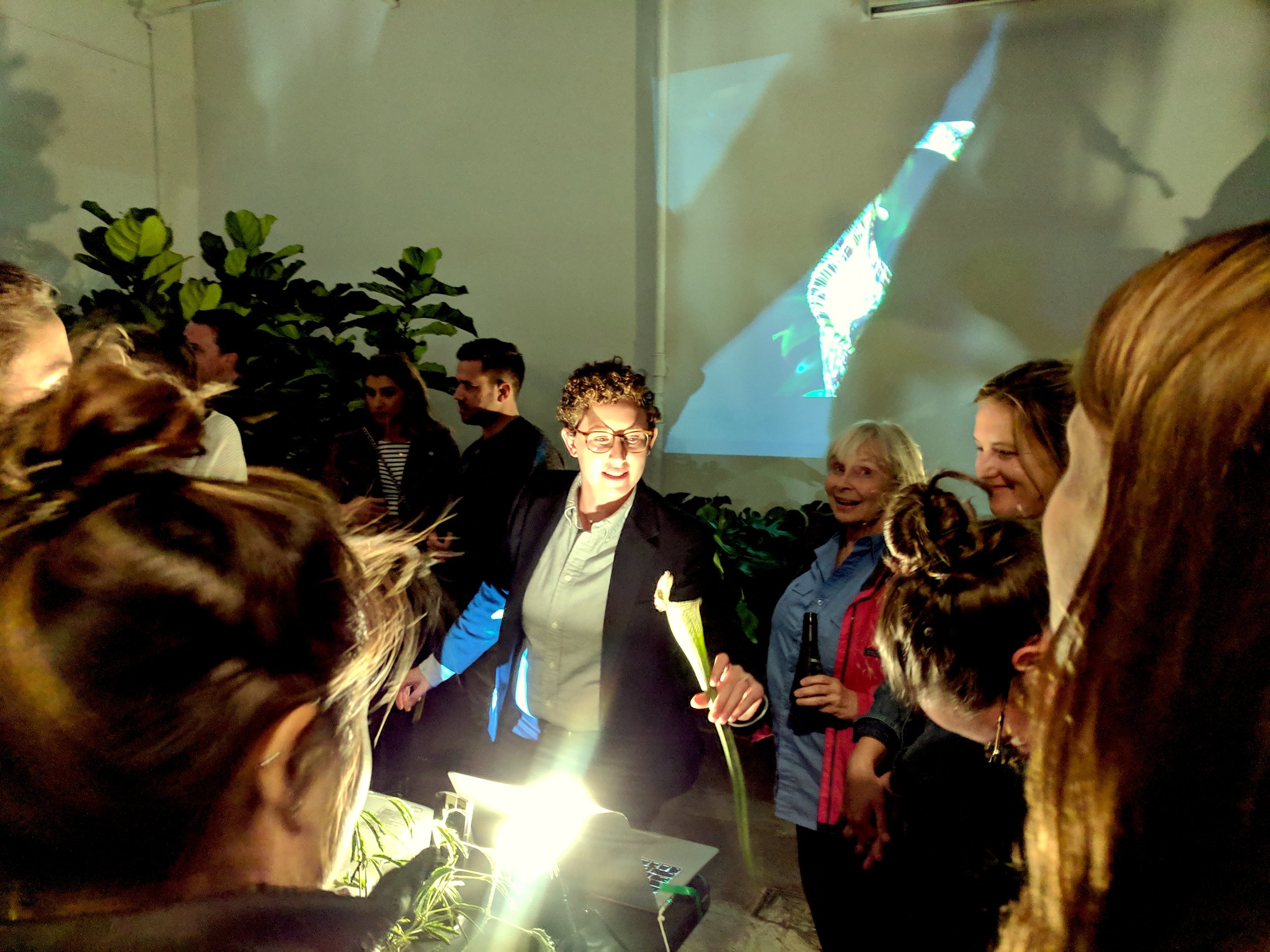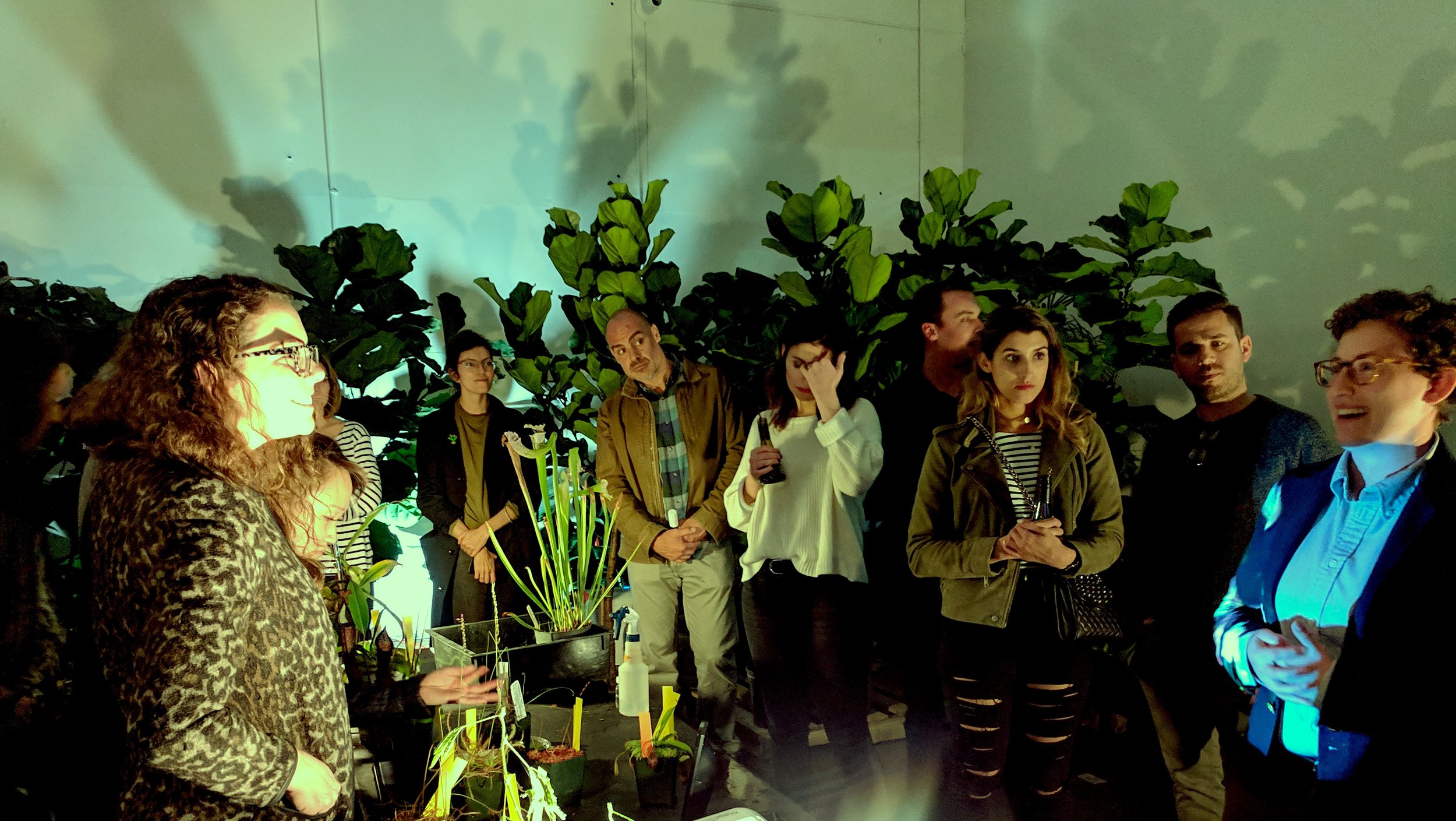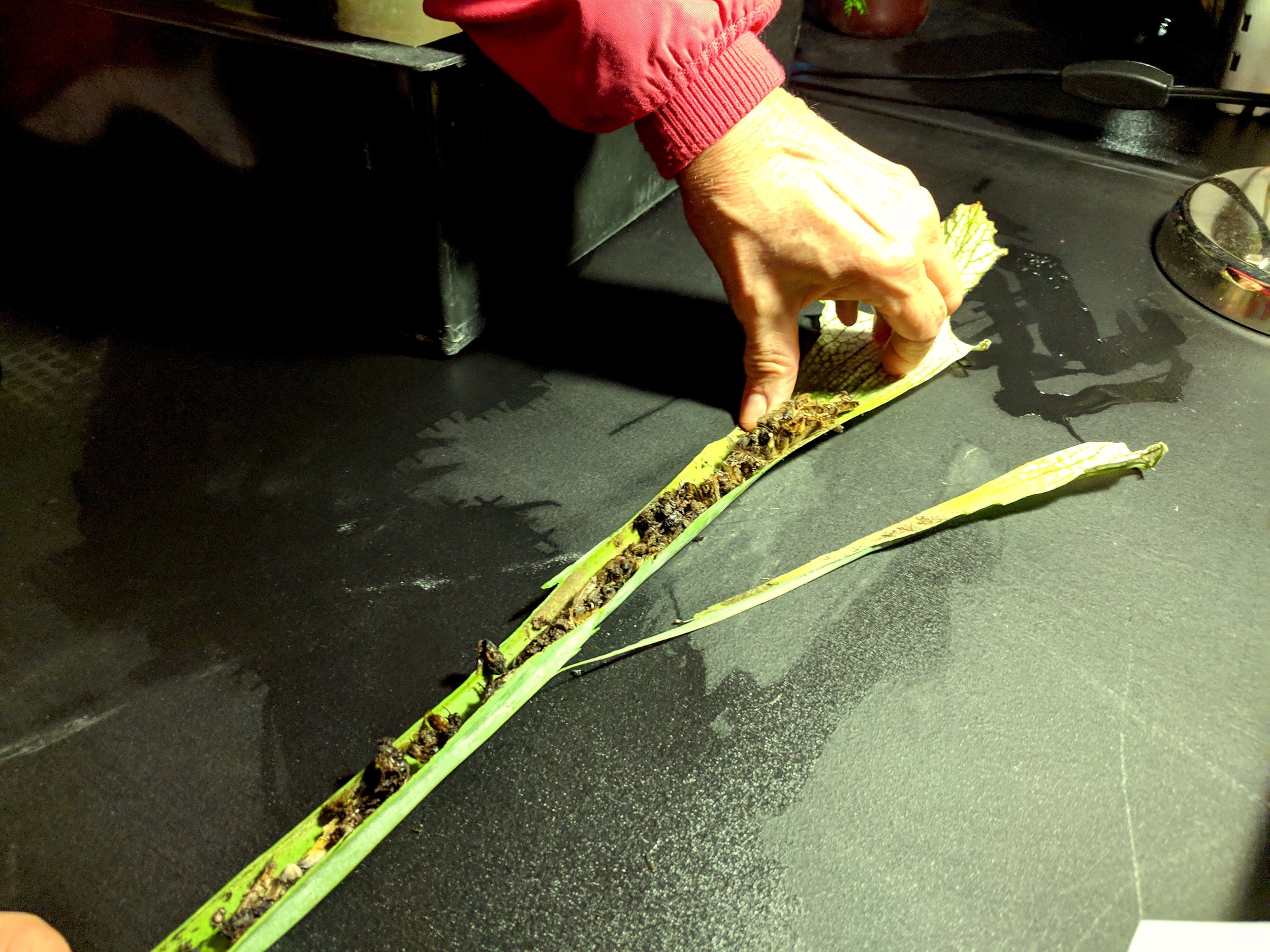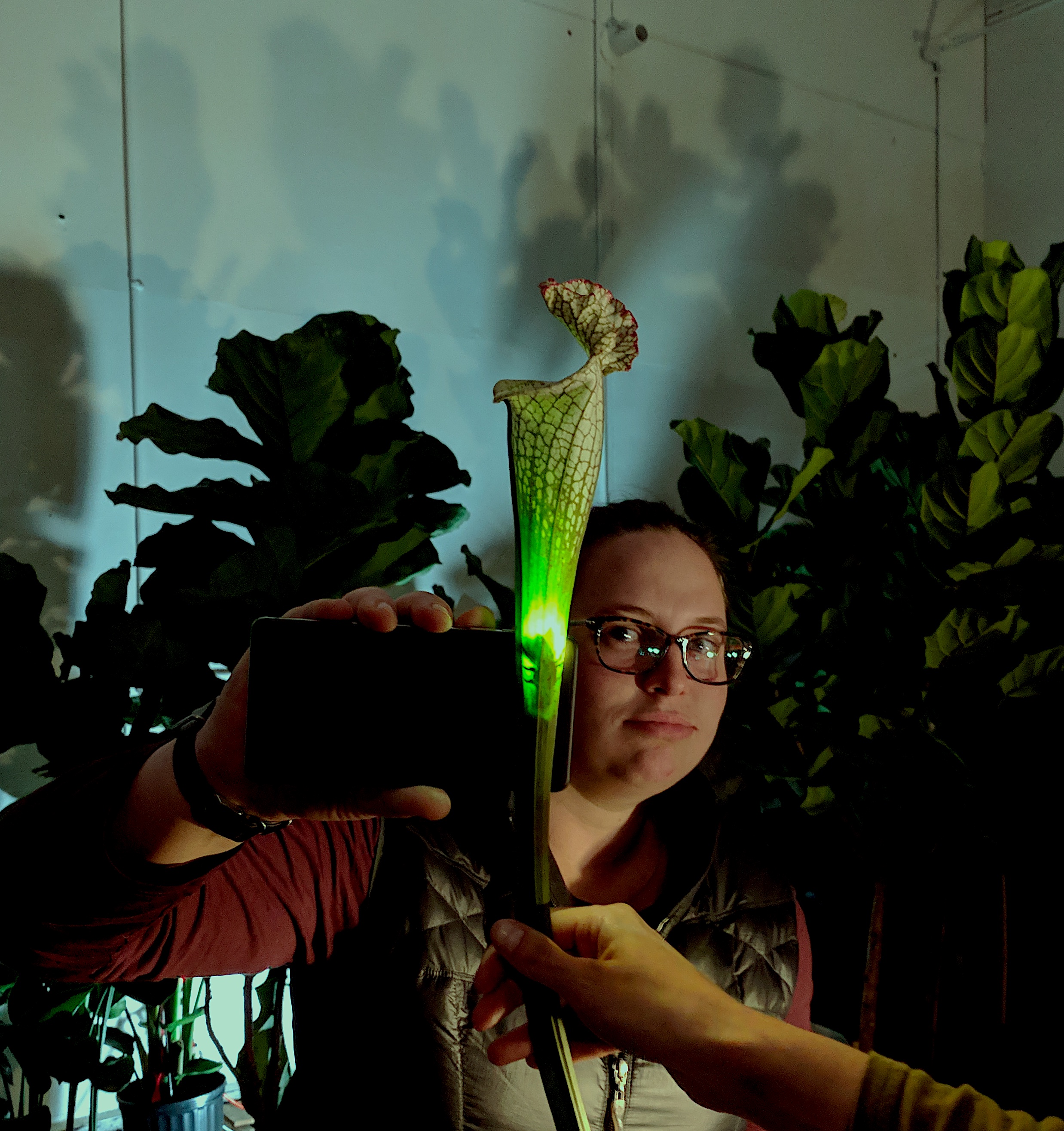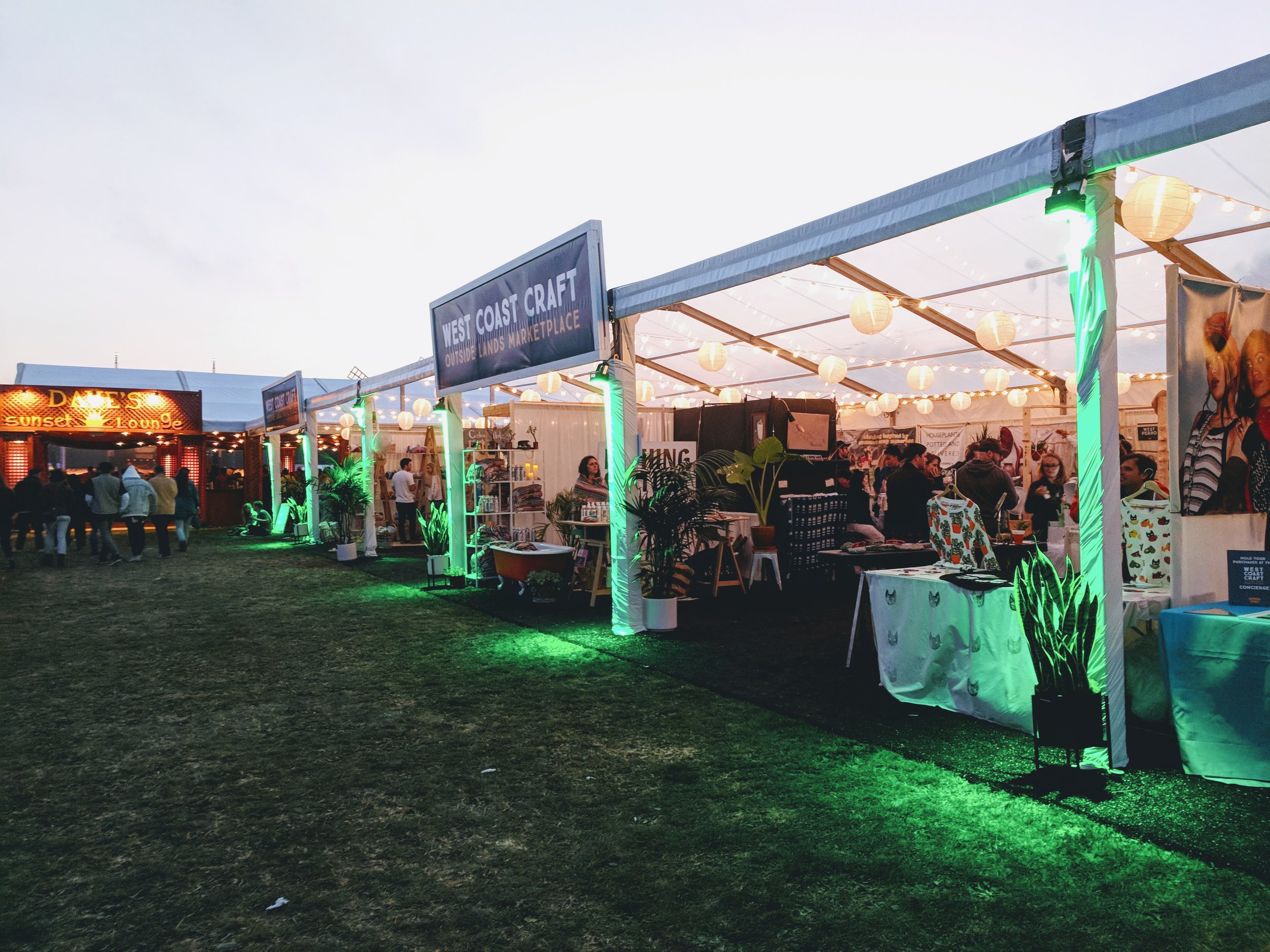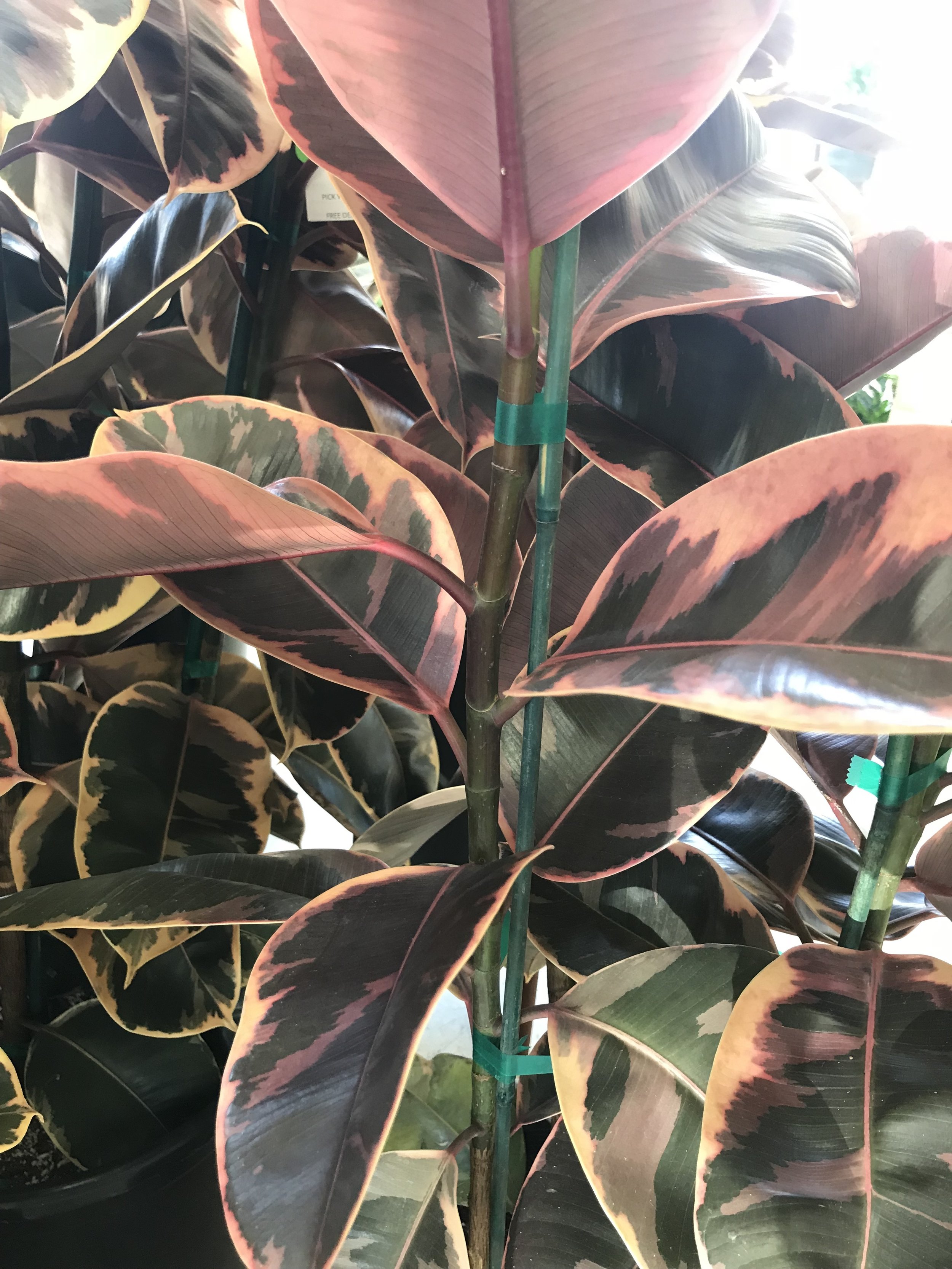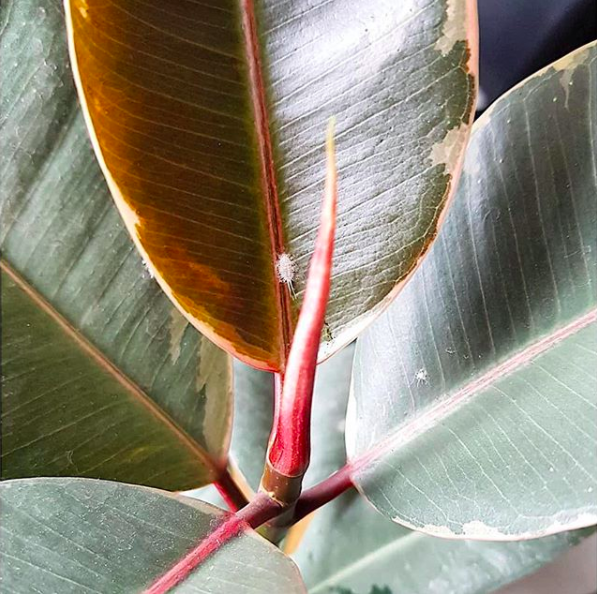Nicolas and Ron, Léon and George co-founders
When we started the idea of doing a plant business we came up with a lot of different names. For three months every week we were coming up with something new - Plant Boys, Nice Jungle, Jungle Bits, Folium 365, FoliJoy, Bay Area Plants. One name that stuck around for a bit was Forestical, but then we realized it rhymed with testicle. We were starting to feel a little hopeless since we were almost ready to open the site and wanted to begin building a brand.
Like most startups we got started in our homes, coding on the couch, and figuring out how to take product pictures in our small spaces. Ron has a cat, her name is Léon. She was named after the character in the movie Léon: The Professional. As we set up the plants and tried to take pictures, she'd walk coyly into the shots, brush her body and tail against the pots and circle around to be the center of attention. She’d come over to snuggle every now and then and ask to have her photo taken.
I have a parrot, a Green Cheek Conure to be exact, and his name is George. He was named after the French singer-songwriter and poet Georges Brassens. The full spelling of my bird's name is officially Georges, with an s. Unlike Léon, George didn't ask to be in the pictures, but we included him. He's just so colorful and photogenic. One time we had a Kentia Palm that we were taking pictures of and all of a sudden George started flying around the tree in circles. The wind he was making with his wings moved the palms in a way that felt like being in a jungle. It truly felt like bringing nature indoors.
As we continued those early days in our homes, we realized our pets were an integral part of keeping us inspired and helping us build the company. So we named the company after them. Léon the cat and George the bird, officially the cutest co-founders around.
-Nicolas
Léon and George facetime



